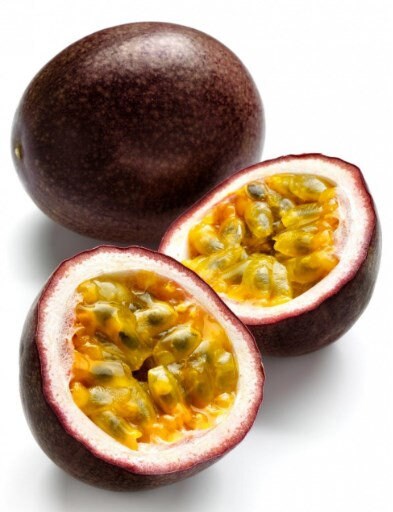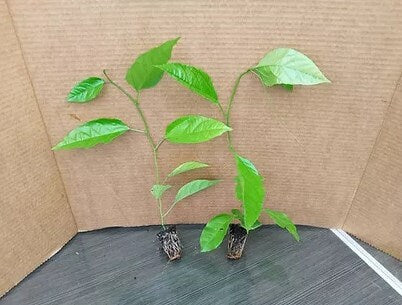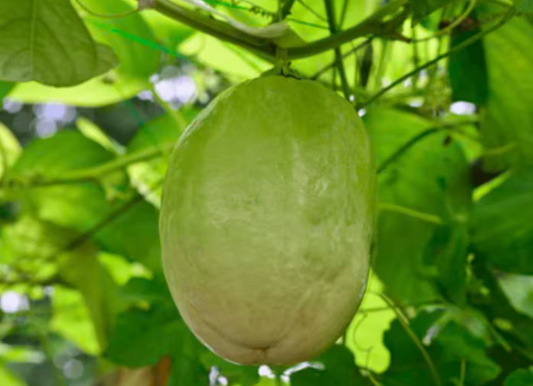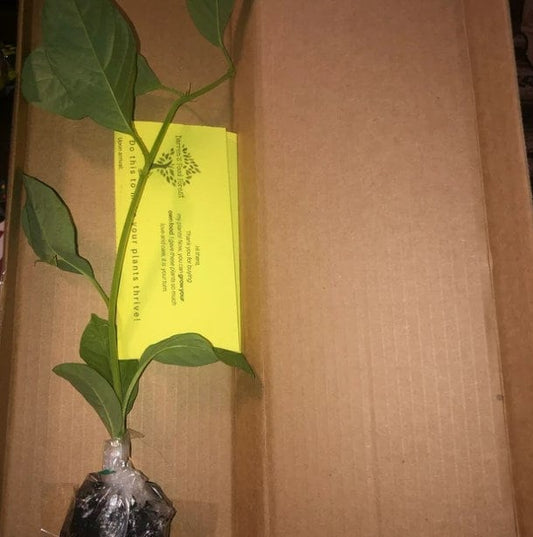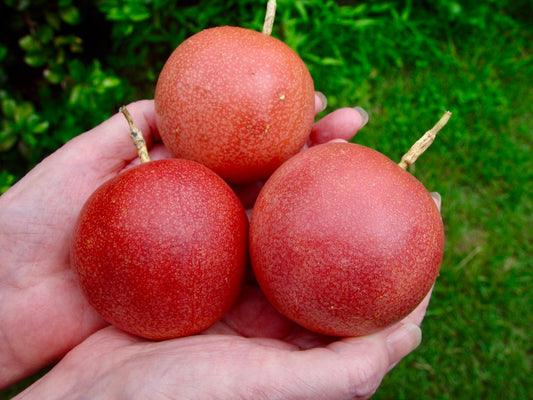Cultivating Exotic Flavors: How to Grow Purple Passion Fruit Trees
Purple passion fruit, known scientifically as Passiflora edulis, is a vibrant and aromatic fruit that not only tantalizes the taste buds but also adds an exotic touch to gardens. Famous for its unique flavor and nutritional benefits, purple passion fruit is increasingly popular among home gardeners and culinary enthusiasts alike. Whether you're interested in its juice, seeds, or simply the beauty of its flowers, growing purple passion fruit can be a rewarding endeavor. This guide will provide you with all the necessary steps to successfully cultivate purple passion fruit trees in your garden, ensuring a bountiful harvest of this exotic fruit.
Understanding Purple Passion Fruit
Purple passion fruit is native to South America but has become widely cultivated in tropical and subtropical regions worldwide. It thrives in USDA zones 9-11 and is prized for its sweet, tangy flavor and the stunning, ornate flowers it produces before fruiting. The plant itself is a vigorous vine that can quickly cover fences, trellises, or walls, making it both a productive and decorative addition to any garden.
Selecting the Right Location
1. Sunlight Requirements: Purple passion fruit vines require full sun to partial shade, with at least six hours of sunlight daily to thrive and produce fruit. Ample sunlight is crucial for flower and fruit development.
2. Soil Preferences: The vine prefers well-draining, sandy loam soils with a slightly acidic pH of 6.5 to 7.5. Good drainage is essential to prevent root diseases, which passion fruit vines are particularly susceptible to.
Planting Purple Passion Fruit
1. Optimal Planting Time: The best time to plant purple passion fruit is in the spring, after the last frost, or in tropical climates, any time during the rainy season when the soil is moist.
2. Planting Process: Dig a hole twice as wide and just as deep as the root ball of the plant. If planting multiple vines, space them about 10-15 feet apart to allow ample room for growth. Mix in organic compost with the native soil to enrich it, then place the plant in the hole, backfilling and watering thoroughly.
Care and Maintenance
1. Watering: Purple passion fruit vines require regular watering, especially during the flowering and fruiting stages. Keep the soil consistently moist but not waterlogged.
2. Mulching: Apply a layer of organic mulch around the base of the vine to help retain soil moisture, control weeds, and keep the root system cool.
3. Fertilization: Feed the vine with a balanced, water-soluble fertilizer every 4-6 weeks during the growing season to support its rapid growth and fruiting.
4. Pruning: Annual pruning is recommended to maintain the health and productivity of the vine. Remove dead or overgrown branches in late winter or early spring to promote new growth and improve air circulation.
5. Support Structures: Since purple passion fruit is a climbing vine, providing a strong trellis, fence, or another support structure is essential for its growth and fruit production.
Harvesting Purple Passion Fruit
Fruit typically ripens about 80 days after flowering. Harvest the passion fruits when they fall off the vine or when the skin begins to wrinkle and the fruit feels slightly soft. This indicates that the fruit is ripe and at its sweetest.
Overcoming Challenges
Purple passion fruit vines are relatively hardy but can be prone to pests like aphids and diseases such as root rot and fusarium wilt. Regular monitoring and implementing integrated pest management strategies are key to maintaining a healthy vine.
Conclusion
Growing purple passion fruit can transform your garden into a tropical paradise and provide you with a delicious and nutritious fruit that is versatile in the kitchen. By following these guidelines and providing the right care, you can enjoy the lush growth and abundant fruiting of the purple passion fruit vine, adding both beauty and flavor to your gardening endeavors. Whether you are crafting exotic drinks, desserts, or simply enjoying the fruit fresh, purple passion fruit offers a taste of the tropics right from your backyard.


